Fourth meeting of the ACAP Population and Conservation Status Working Group: a participant portfolio
The Albatross and Petrel Agreement’s Population and Conservation Status Working Group (PaCSWG4), is holding its fourth meeting this week in Wellington, New Zealand. The two days of discussions follow a three-day meeting of a sister ACAP Working Group on seabird bycatch (SBWG8). The deliberations of both groups will be reported to the 10th Meeting of the ACAP Advisory Committee (AC10) next week.
A photographic portfolio of some of the attendees at PaCSWG4 follows:
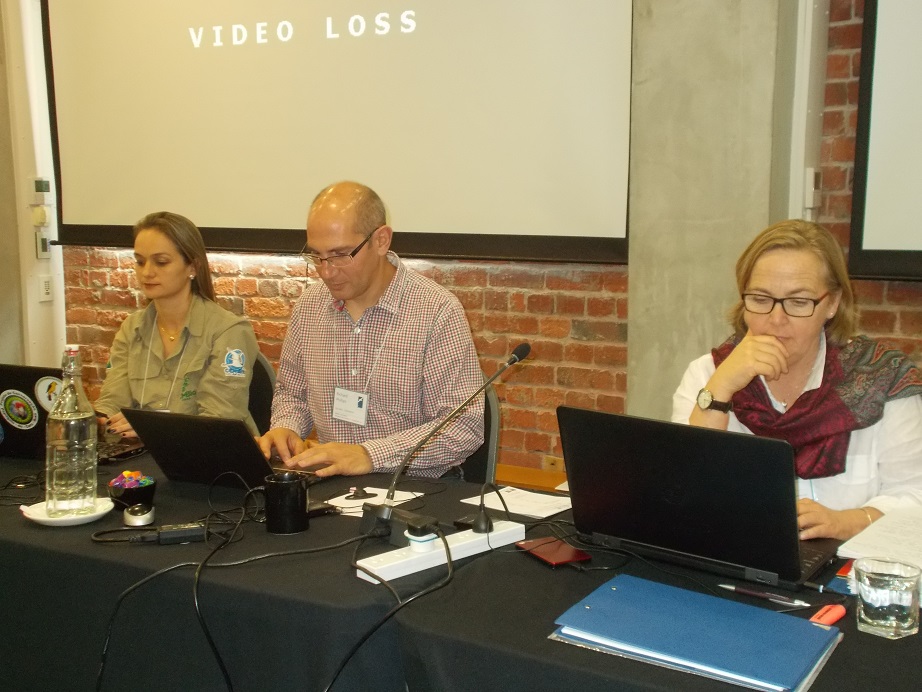
PaCSWG Convenors: Patricia Pereira Sefarini (Brazil), Richard Phillips (UK) and Rosemary Gales (Australia)
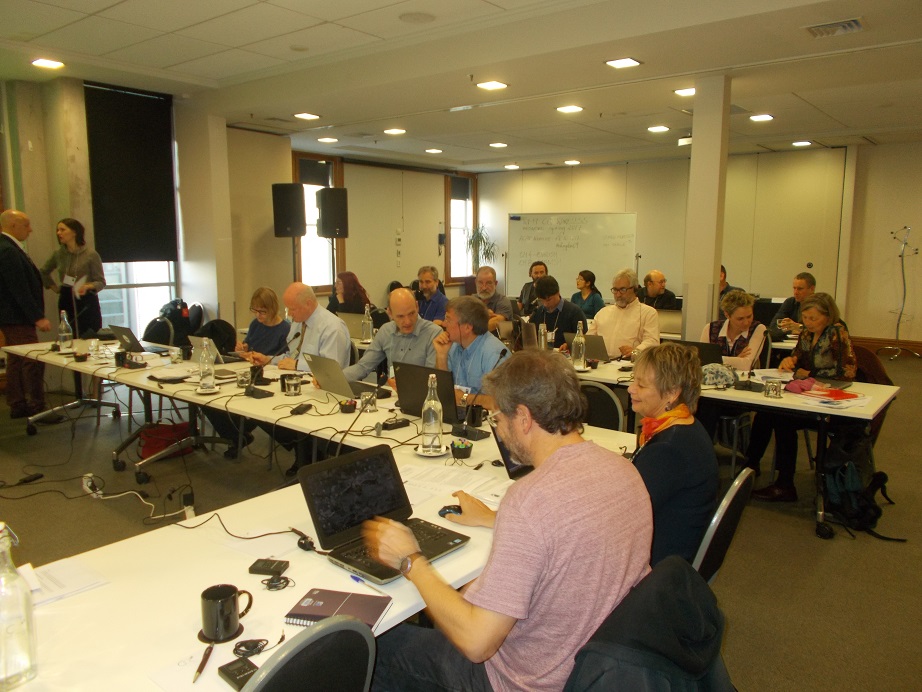
PaCSWG8 attendees ready for day one
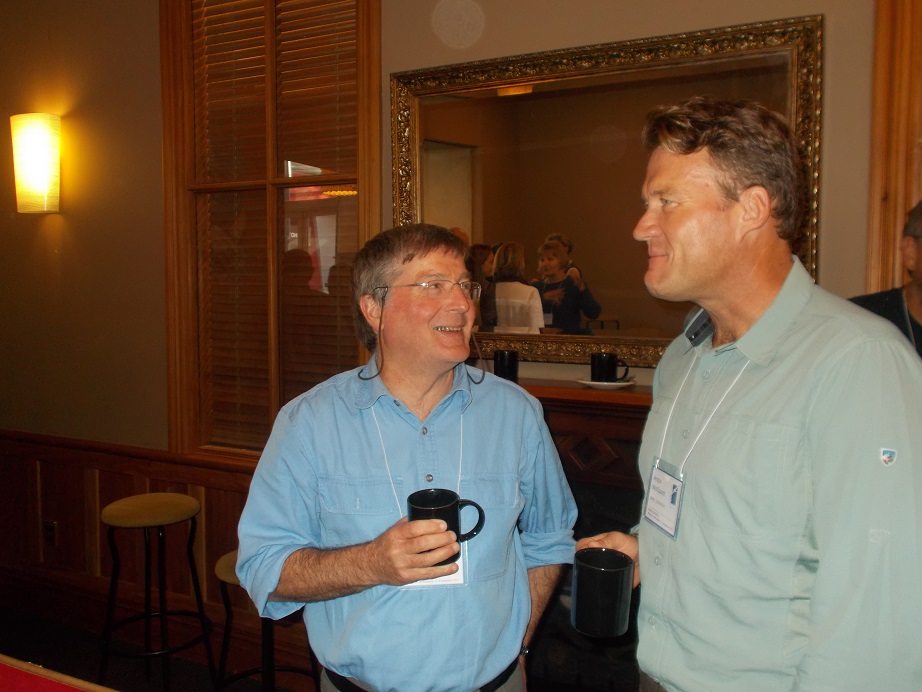
Paul Sagar (New Zealand) with Anton Wolfaardt (UK)
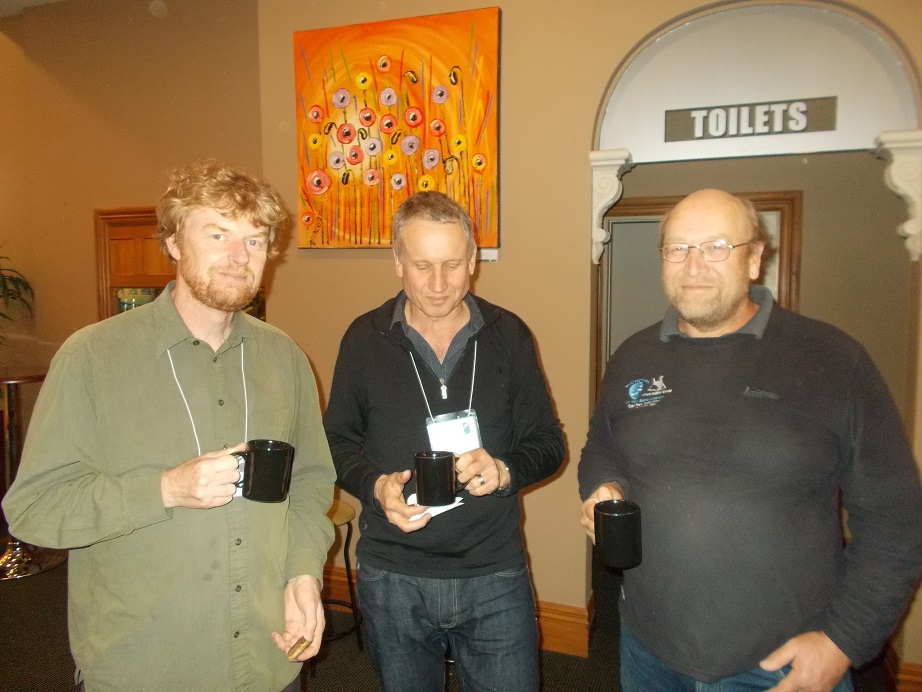
Alan Tennyson, Colin Miskelly and Graeme Taylor - New Zealanders all
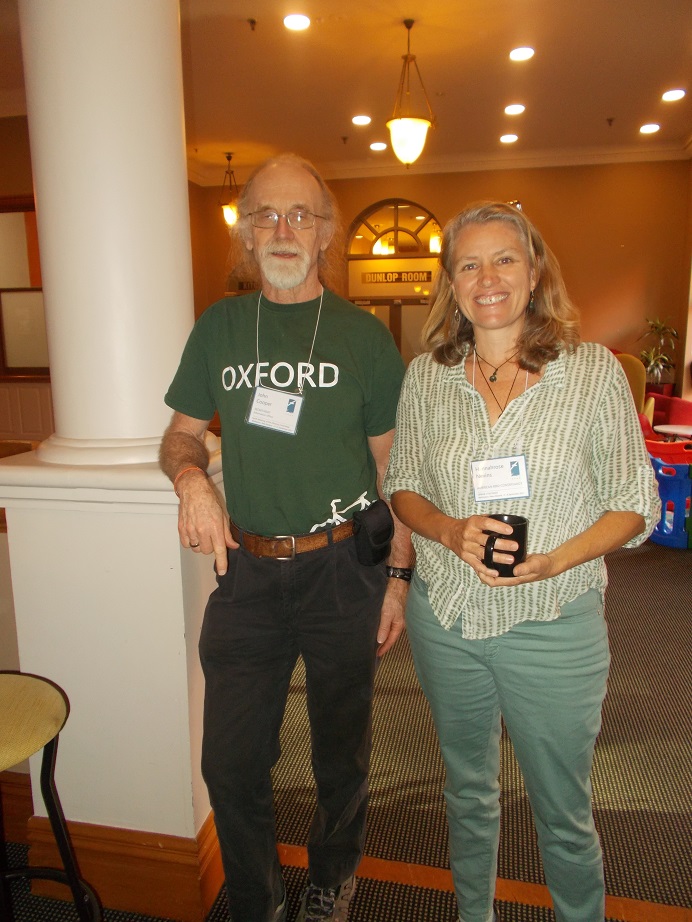
John Cooper (ACAP Information Officer) with Hannah Nevins (American Bird Conservancy)
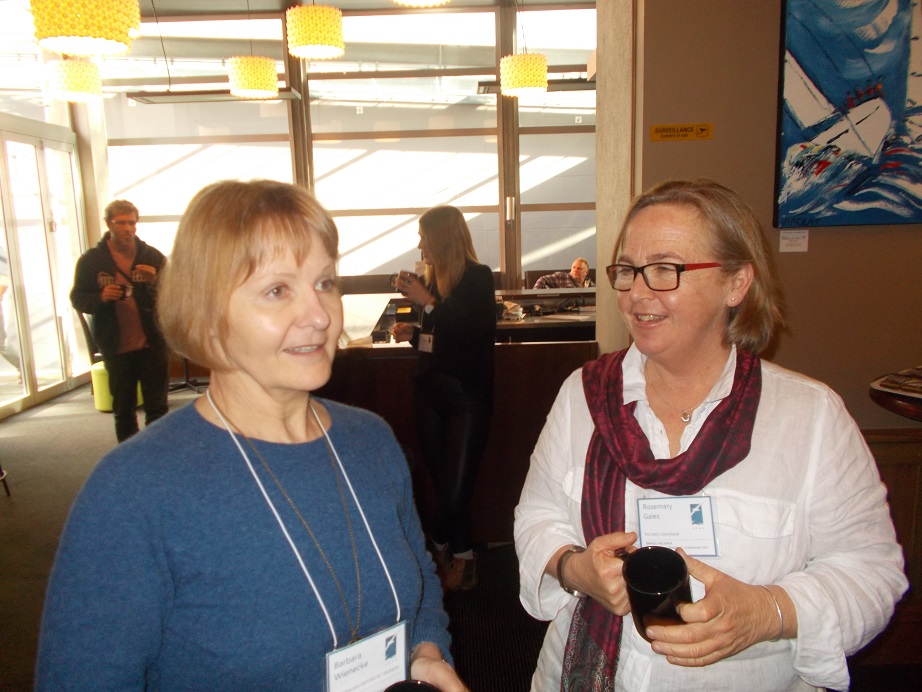
Barbara Wienecke and Rosemary Gales in conversation at morning tea (both Australia)
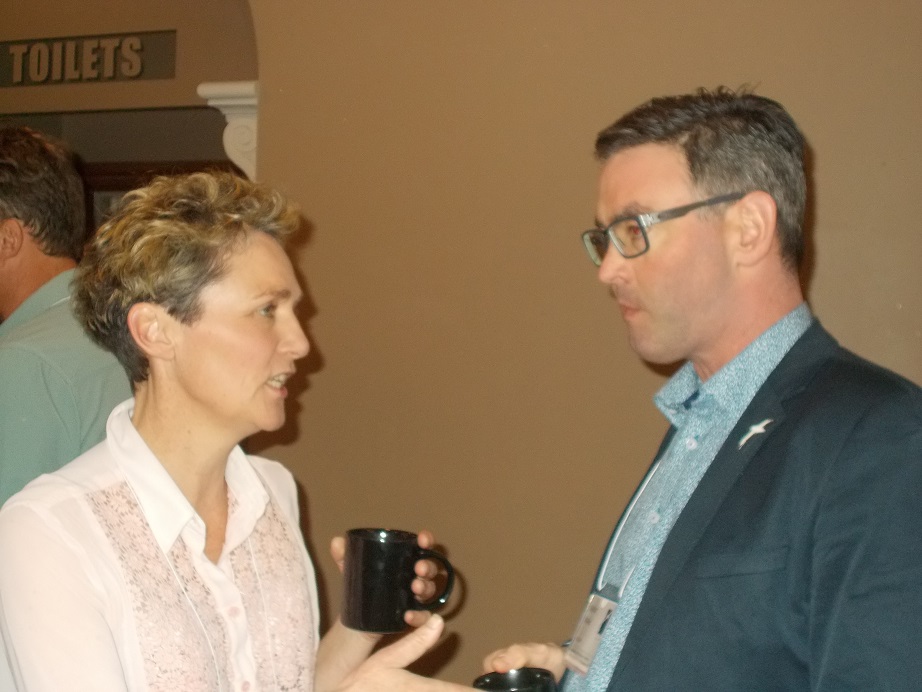
Susan Waugh chats with Nathan Walker (both New Zealand)
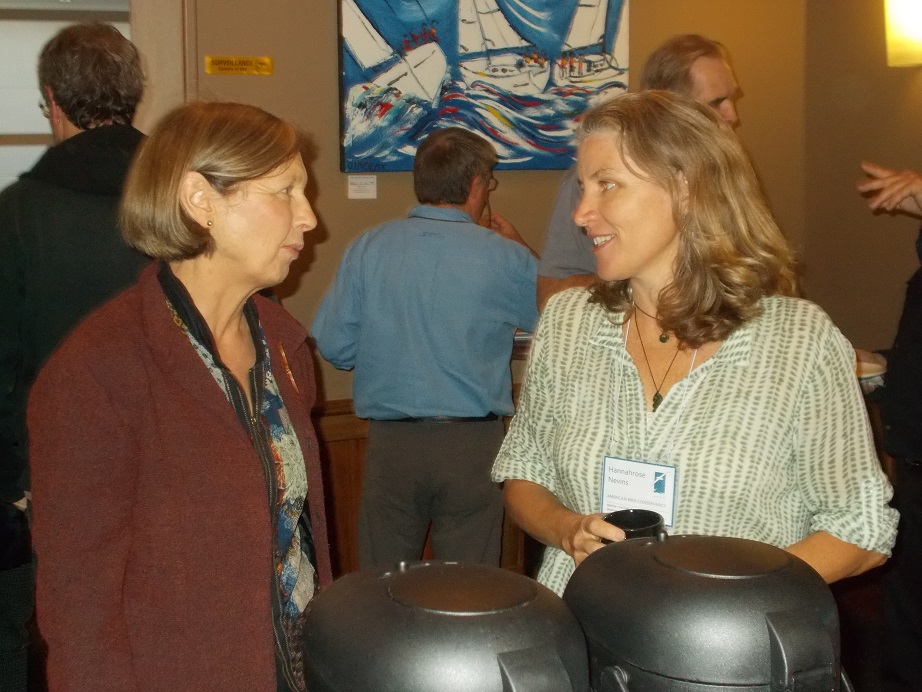
Kath Walker (New Zealand) in conversation with Hannah Nevins (USA)
John Cooper, ACAP Information Officer, 08 September 2017

 English
English  Français
Français  Español
Español 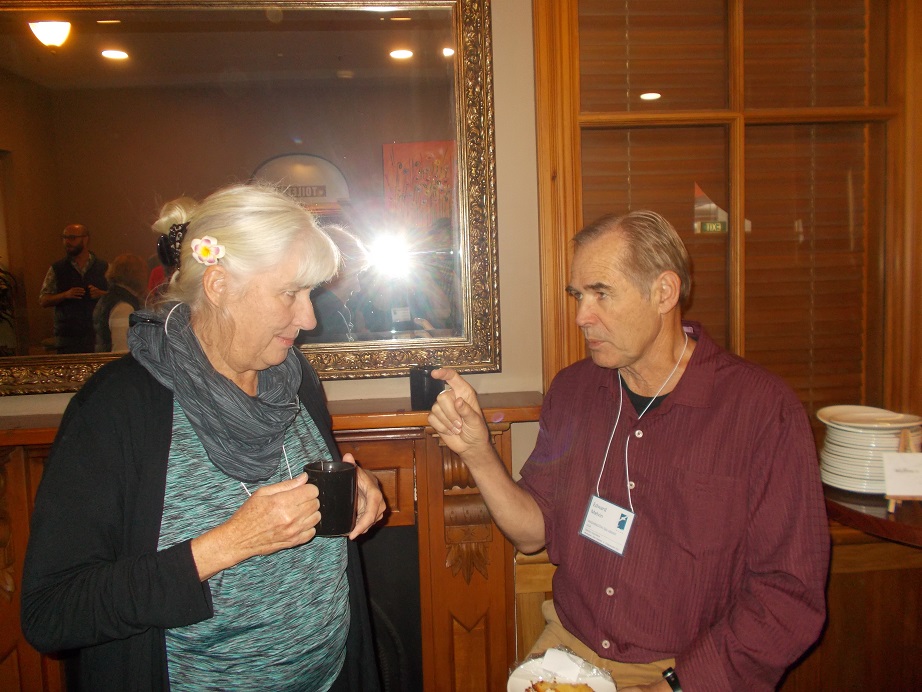
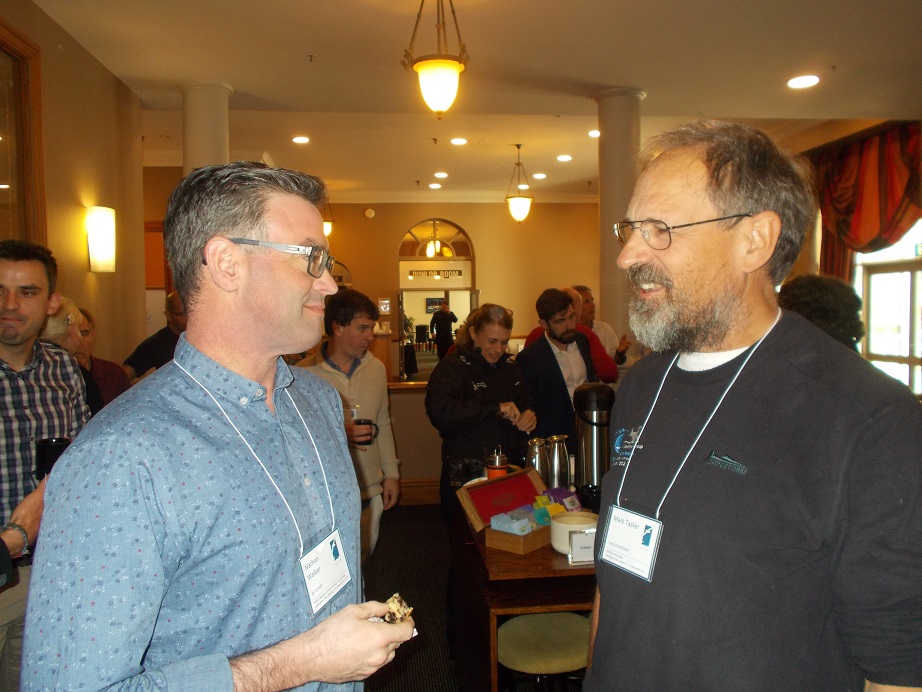
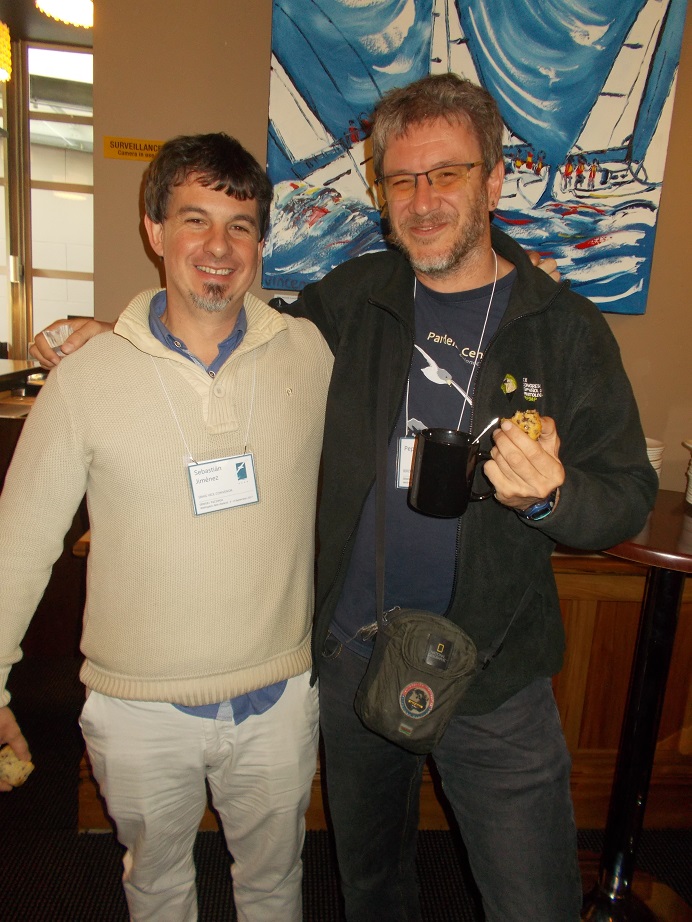
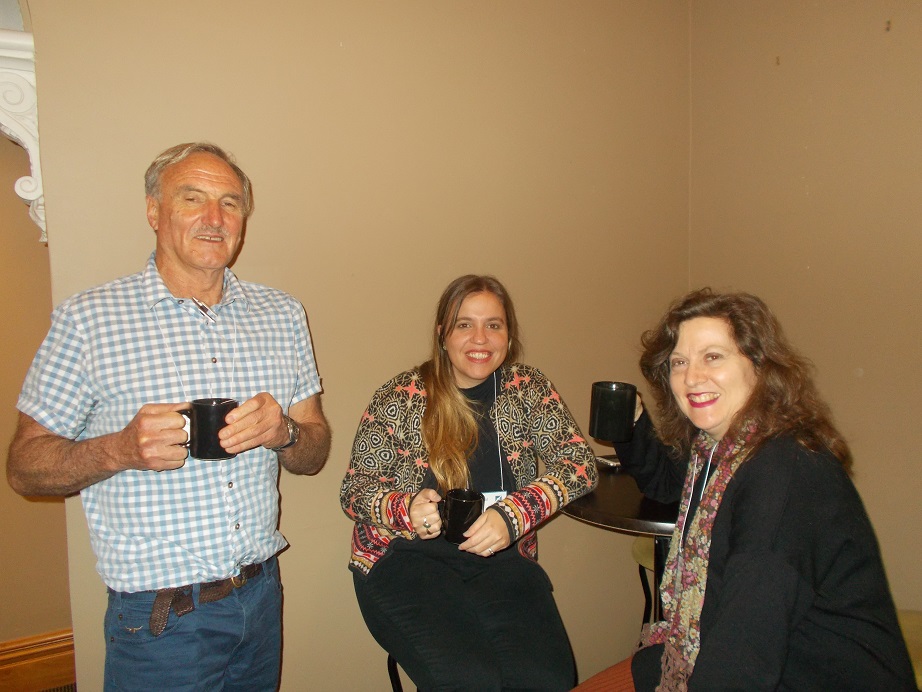
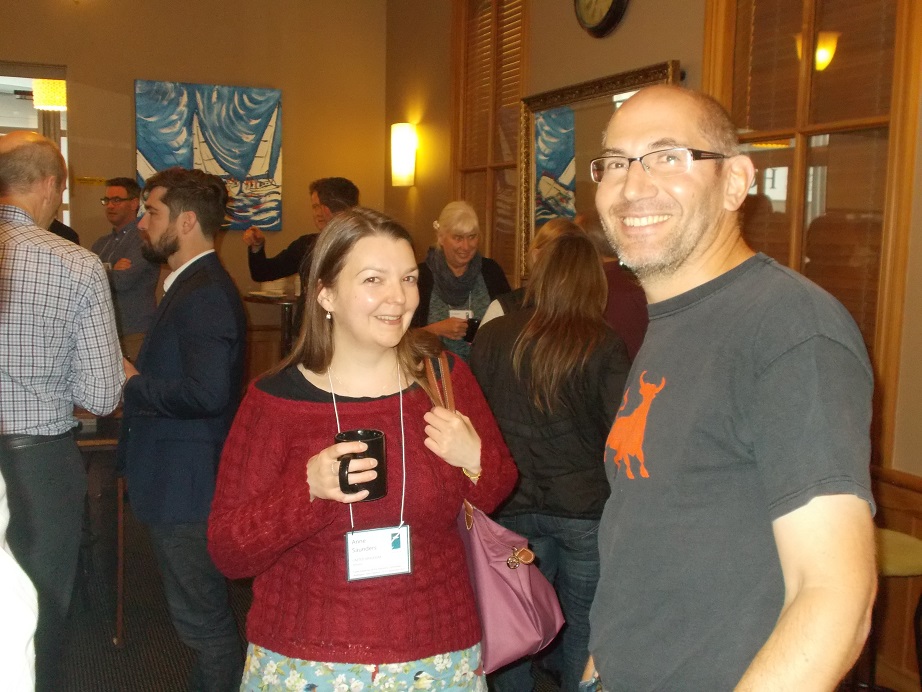
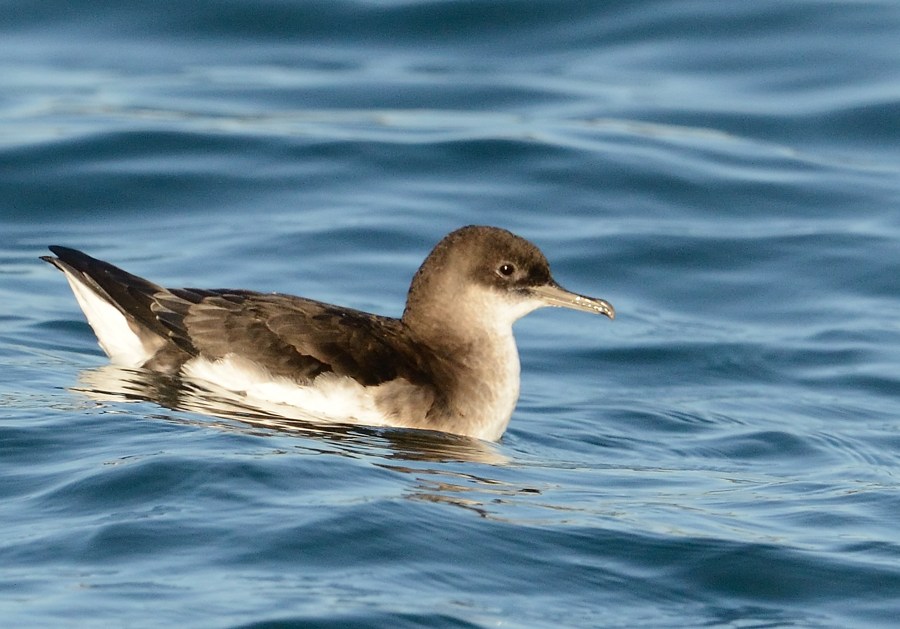
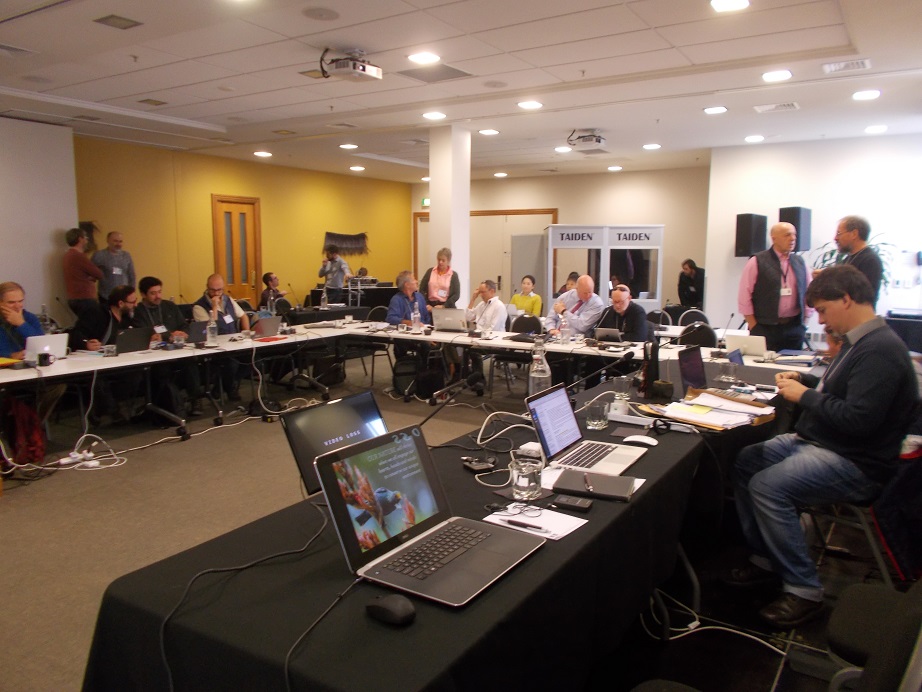
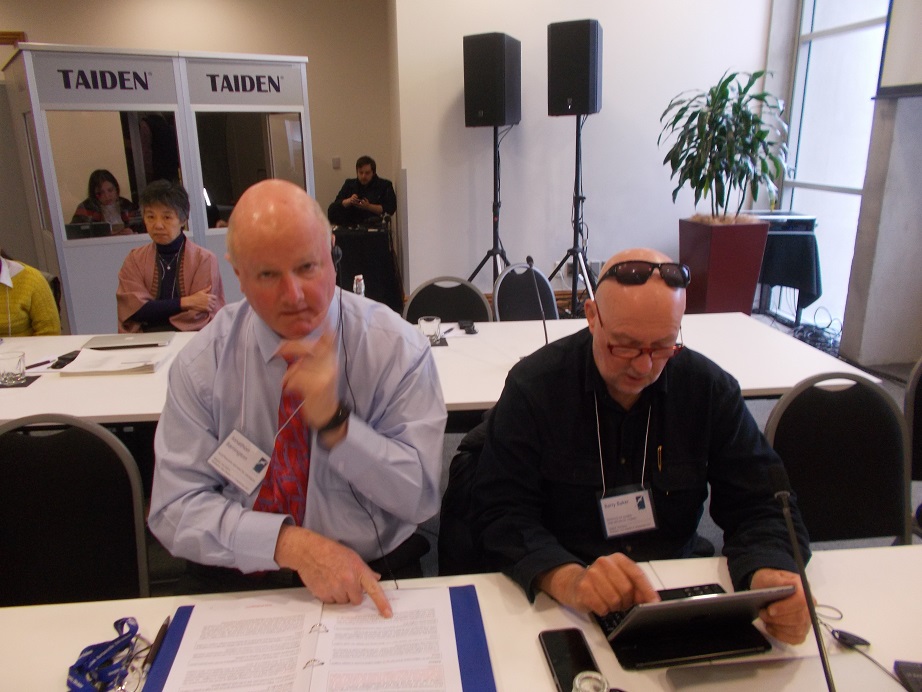
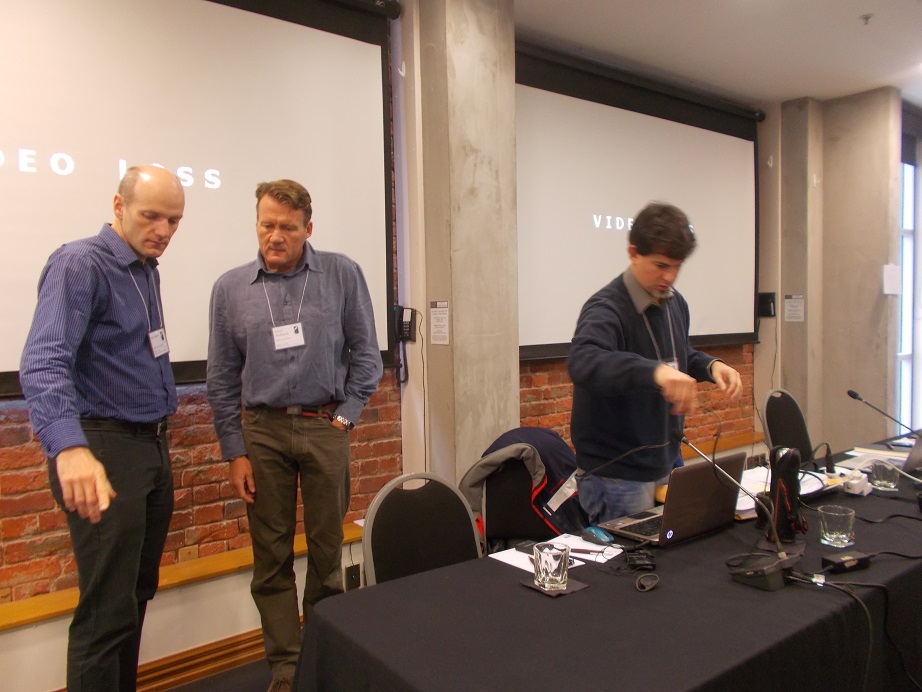
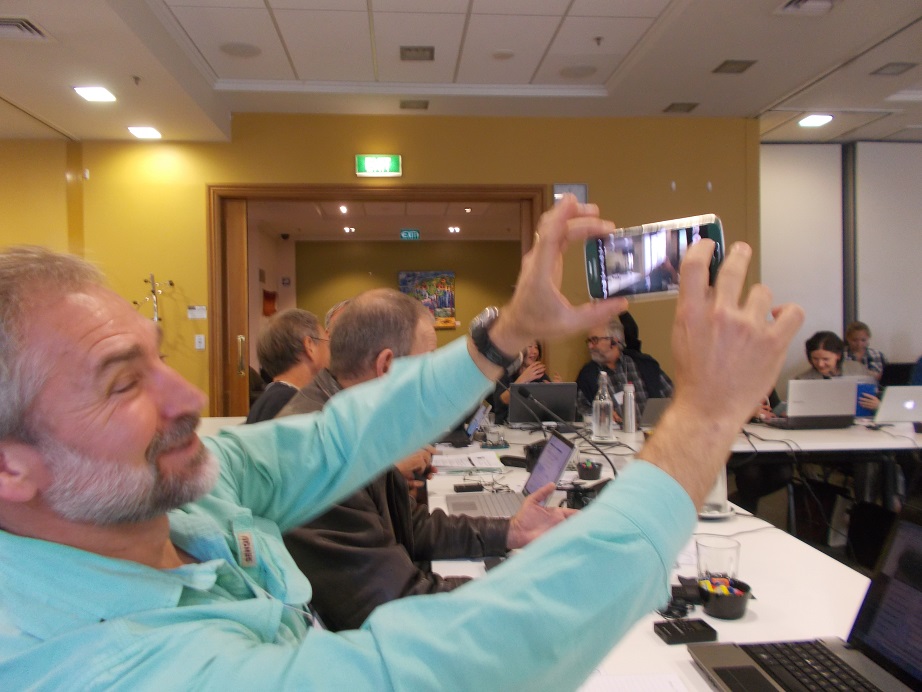
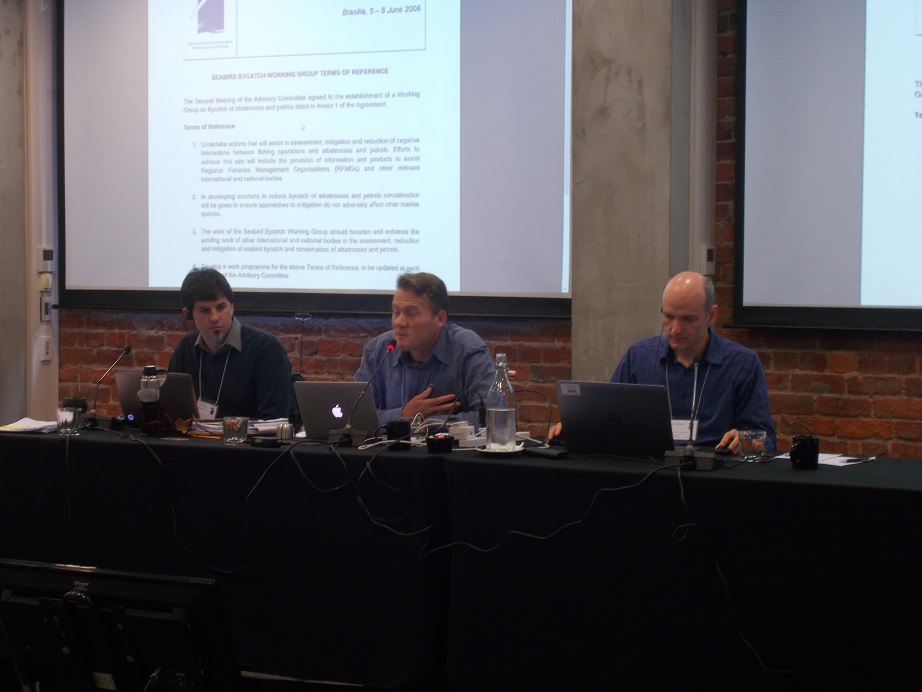
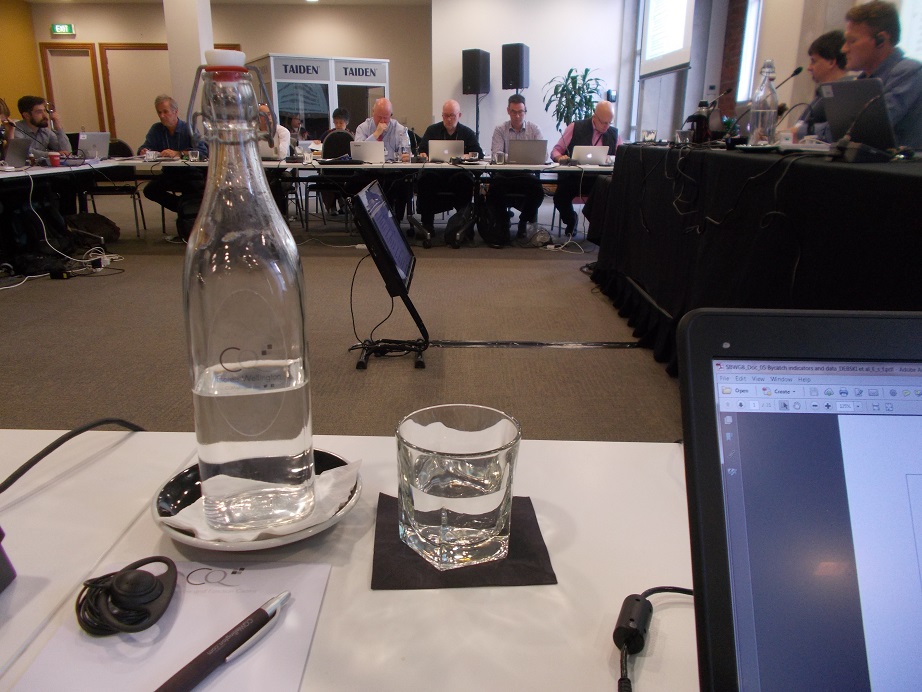
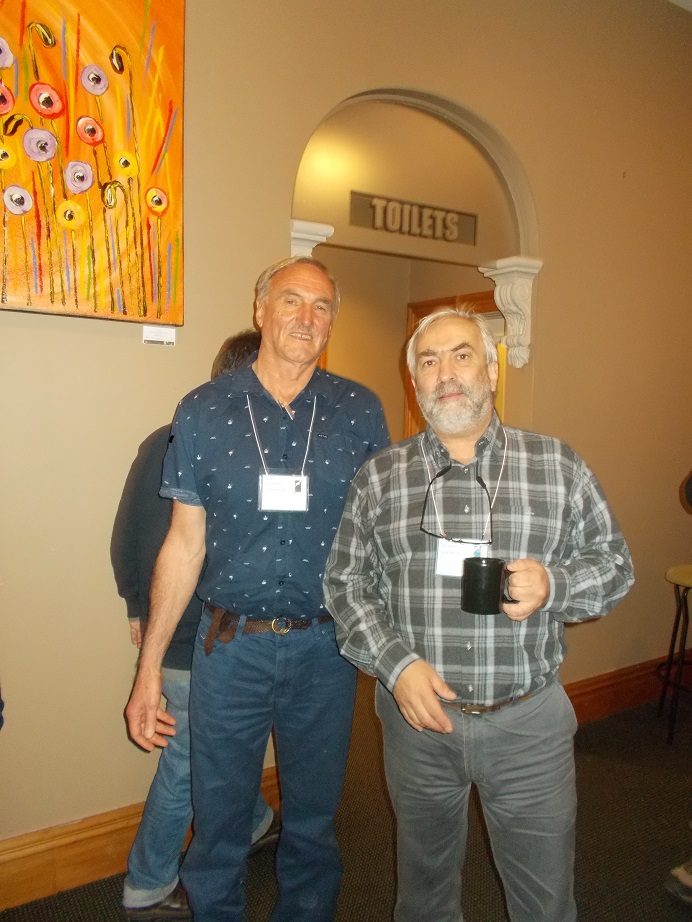
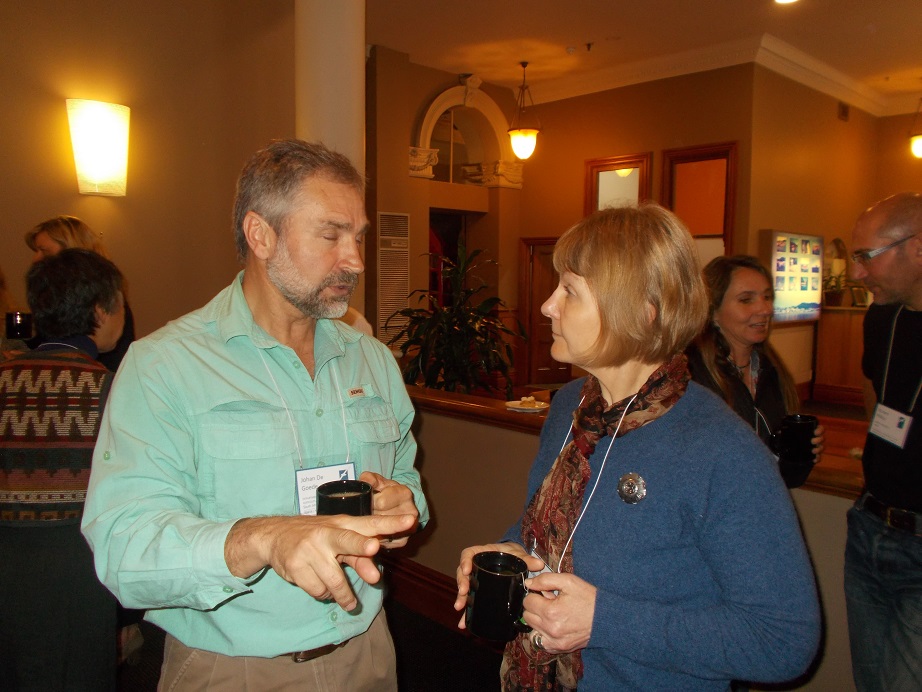
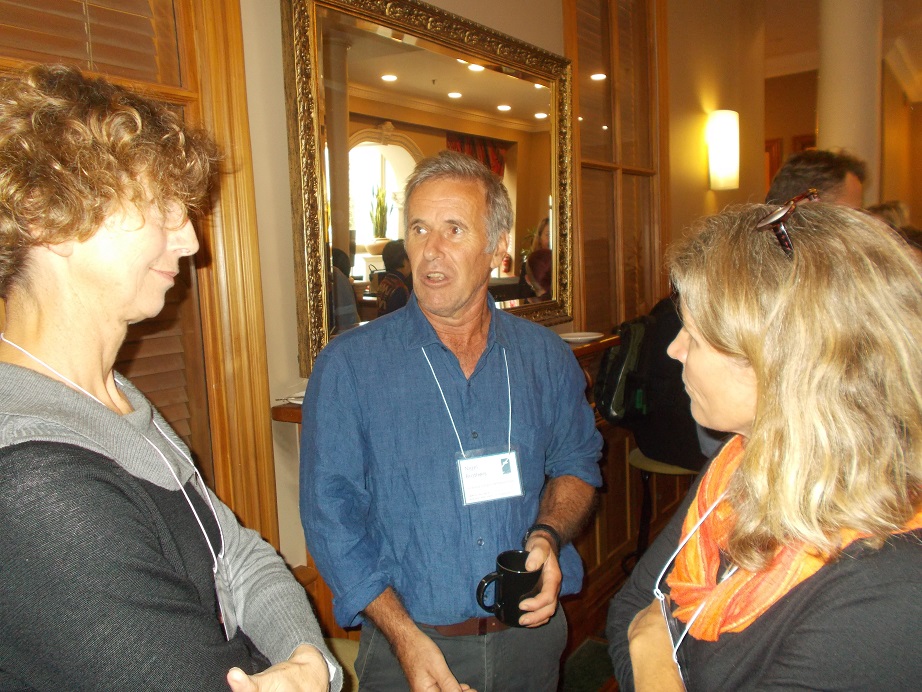

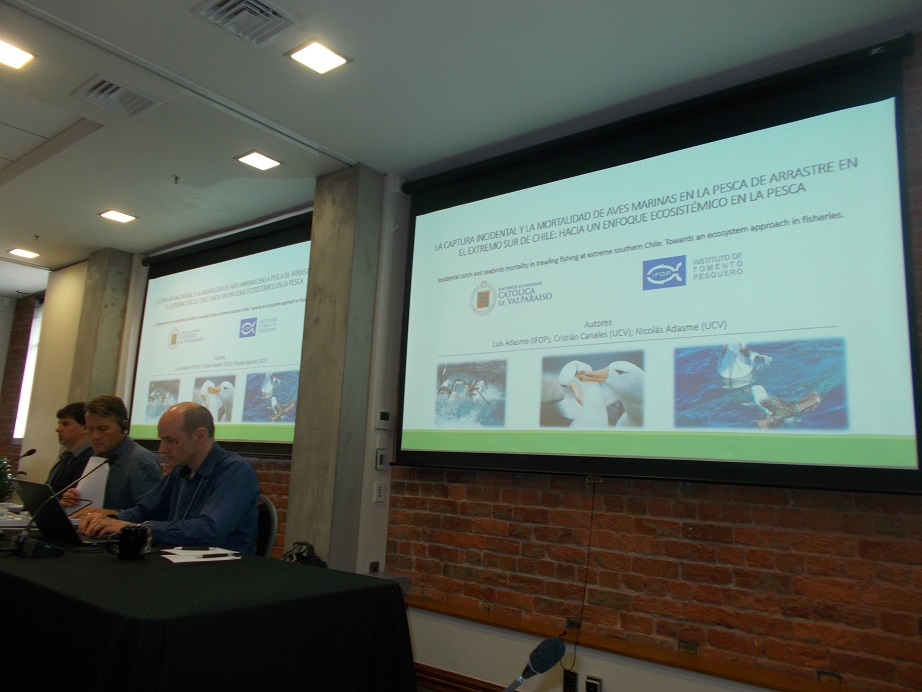
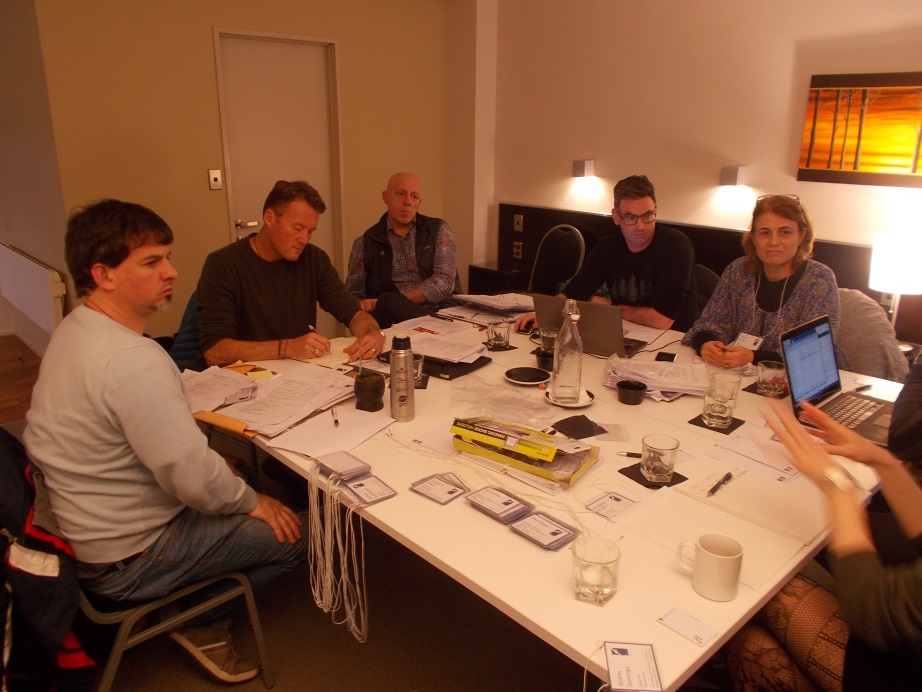
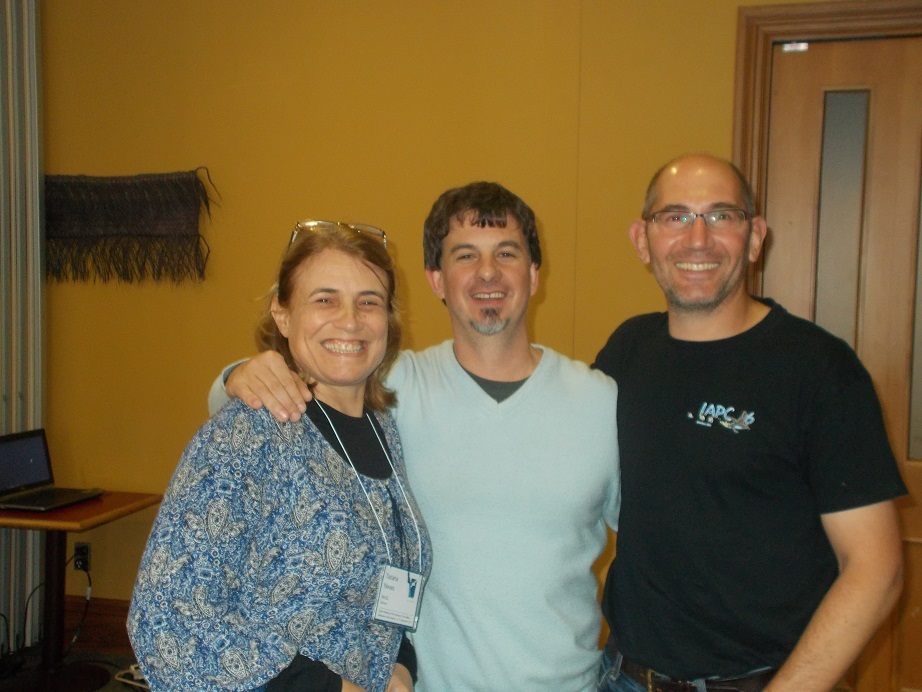
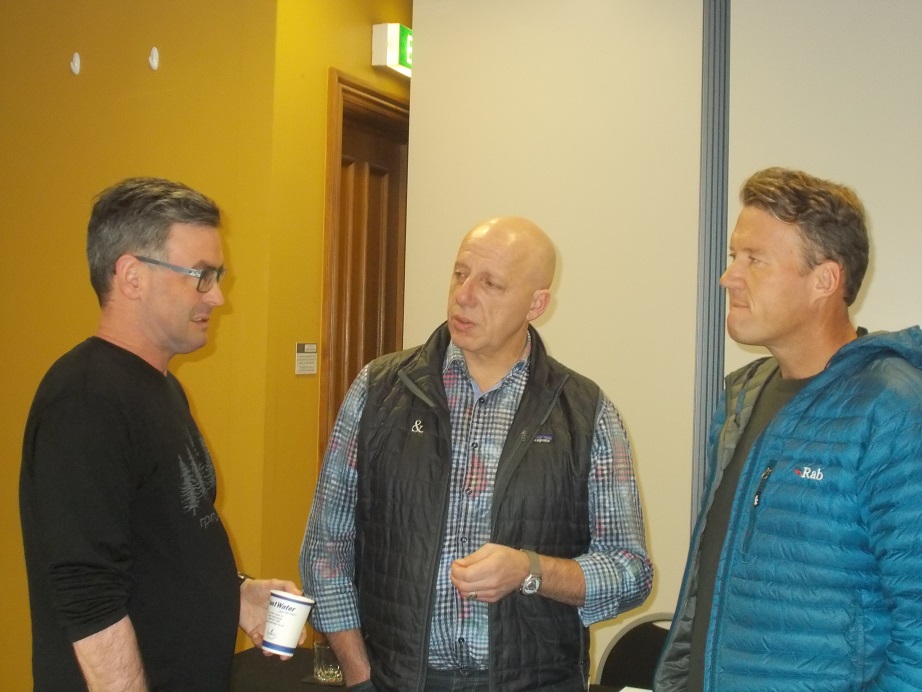
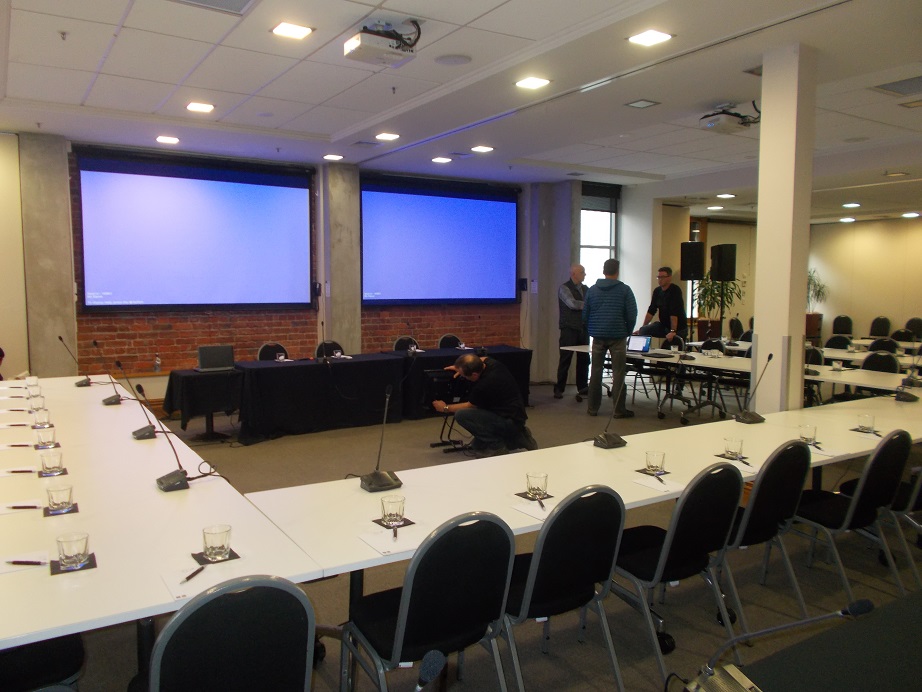 Sound, lights, camera (and water glasses). Setting up for two weeks of meetings
Sound, lights, camera (and water glasses). Setting up for two weeks of meetings